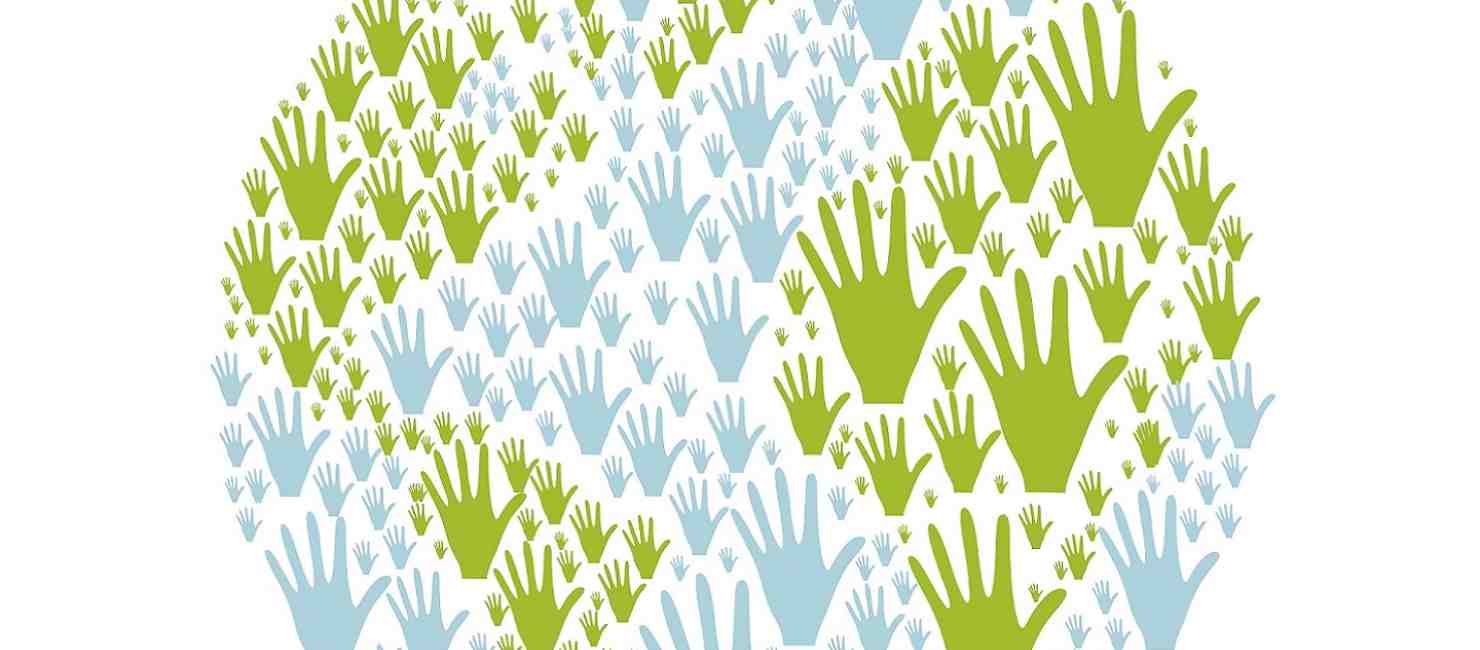I walked in on my 9 year old son in a dress, what is normal sexual behavior at this age?
Dear Stop It Now!,
I accidently walked in on my 9 year old son when he was in his 7 year old sister's room naked and trying on her dresses. I was so shocked and traumatized about this that I confronted him. He was so startled and started screaming that ''I was just looking.'' Now we are a traditional family and have respect for all point of views for this gender issue, but I am seeking a sane/scholarly advice as to how to actually talk with my boy. He told me later that he was bored. He was not feeling well and was supposed to rest in his room. What is appropriate sexual/gender behavior for my 9 year old son?

Dear Concerned Parent,
It sounds like seeing your son in his sister’s dress on was quite a shock to you. Children are good at surprising the adults in their lives, and no parent is expected to know everything. I’m so glad that you are looking to educate yourself so you can handle this situation in a knowledgeable and caring fashion.
Developmentally Appropriate Sexual Behavior
First, let me address your question about what is normal sexual behavior for a child your son’s age. He may want to explore his own body, and perhaps, even a peer’s body; two children – either same gendered or opposite gendered – around the same age wanting to look, touch, or show each other their genitals would all be Age-Appropriate Sexual Behavior. Typically, curiosity usually occurs between two children who are close in age, and is mutual, with no force or knowledge of mature sexual activity.
Growing Through Exploration
What you have witnessed is not necessarily a sexual behavior. From the time a child is a toddler they start to explore gender and gender roles – playing house, dressing up, mimicking what the adult males or adult females in their lives may do – without much concern about what typical “boy” or “girl” behavior is. That signifies normal healthy development.
As they are exploring themselves and the world around them, they are also solidifying their understanding of what many of us know as typical male and female behavior. As the child grows older, this exploration may start to die out as they begin to form their own sense of self, but curiosity is still completely normal and should be welcomed without any fear or shame. Exploring one’s own identity – and part of this is gender identity – does not indicate any abnormality, nor is it any indicator of his sexual orientation.
If your son had a frequent desire to be the other sex, if he expressed being uncomfortable with his assigned gender or body, or if your son were showing signs that he wanted to be female, I would encourage you to take him to a professional to make sure he is not wrestling with a gender identity disorder.
For now, I would encourage you to foster exploration and curiosity in both your children so they can be healthy, empathic, strong, and well-rounded individuals. Features that are typically male or female traits are important for both genders; sensitivity, courage, boldness, leadership, and compassion are qualities both boys and girls should be able to foster. Let him know it’s okay to try out different things, but it’s also important to respect his sister’s privacy. Invite him to share his thoughts with you – maybe he thinks his sister gets nicer clothes, or he might look up to her; perhaps he was just curious, or like he said, bored. For more information on this topic, check out Is it normal for my school-age son to like girls' clothes and toys? by Babycenter.com.
Discussing Sexuality, Boundaries, and Safety
Another important part to both your children’s healthy development is talking with them about sexuality and body boundaries. Curiosity is welcomed, and being informed is crucial not only to their wellbeing, but to their safety. Here you can read a bit more about Why Sexuality Education Is An Important Part Of A Safety Plan.
Discussing these two things – your own rules about privacy, boundaries, and appropriate behavior as well as talking about Healthy Sexual Development in an age appropriate manner – are the two parts to a family safety plan. Safety Planning helps keep children safe so they know what to expect and what is not okay when it comes to physical interaction, limits, privacy, and other important safety issues no matter where they are. This will also further help keep the lines of communication open between you and your children, and they will know to talk to you whenever they feel weird, scared, or unsure.
I’ve included some additional resources on healthy sexuality and prevention for you and your children below.
- 10 Ways to Teach Your Child the Skills to Prevent Sexual Abuse (Child Mind Institute): Article dispelling myths of who abuses, who gets abused, and how; why any child may be at-risk to be abused, and what every parent should be talking to their children about from a young age – their body and body safety.
- Talking to Your Child About Sex (HealthyChildren.org): Article with tips about talking with children about sex.
- Talking to Kids About Sex and Sexuality (Planned Parenthood): Guide for parents on talking to their children about sex and sexuality, including subtopic resources and sample questions and answers for different age groups.
I hope this information has been helpful, and I wish the best for you and your family.
Take care,
Stop It Now!
Feedback:
Please share your feedback on this question
Last edited on: October 31st, 2018

